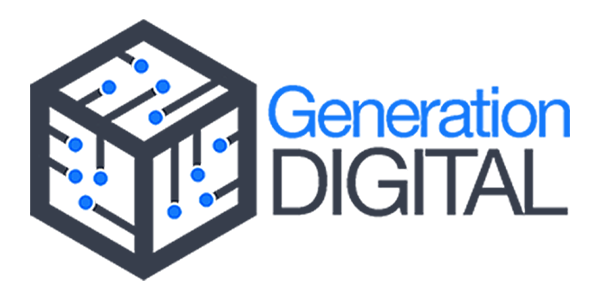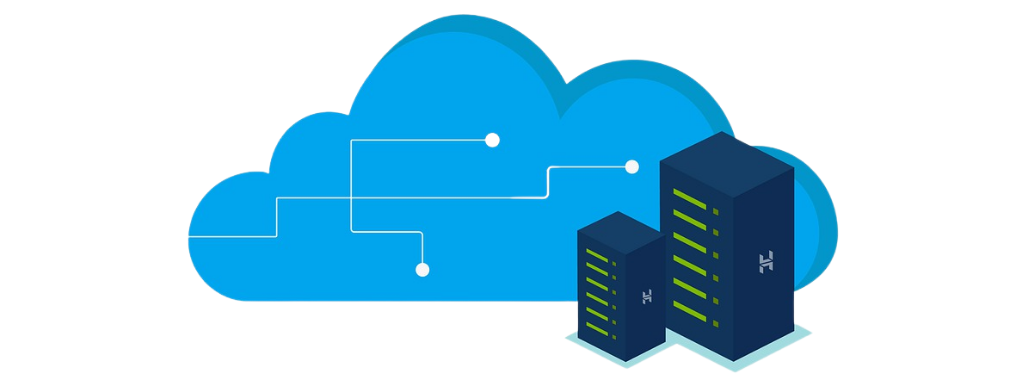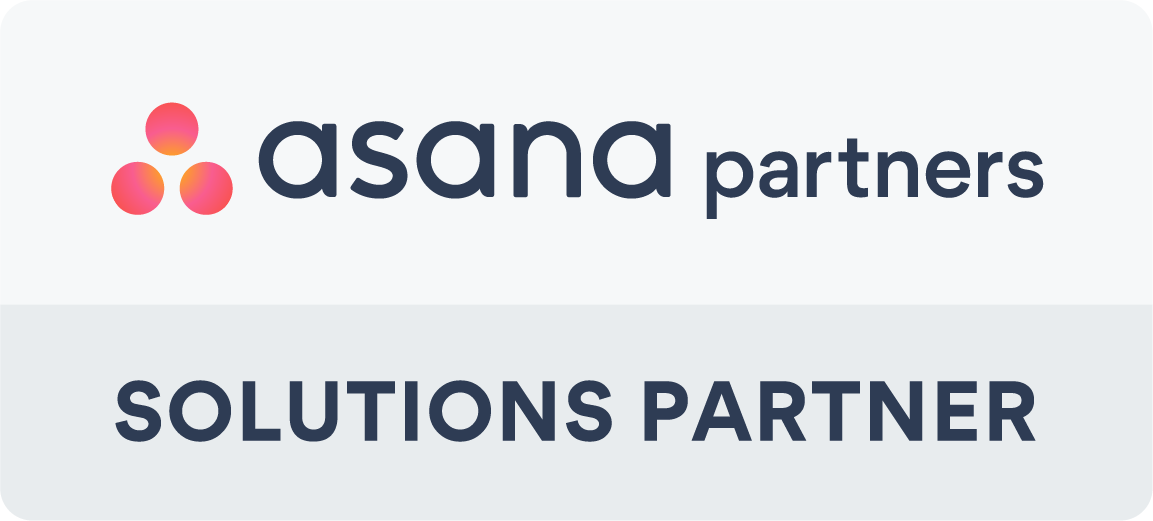Get a FREE personalised SASE assessment from Netskope!
Cloud computing has worked wonders for organisations that are scaling their operations. However, it comes with an increased risk of attacks and data breaches.
Consumer businesses have been catching up to the demands of a cloud-based digital workplace. But here’s the problem: the landscape is different for every organisation. And new technologies entering the market make for a pace of change that’s hard to follow.
Organisations that want to avoid obsolescence or financial losses have to implement a comprehensive digital transformation strategy in line with current cyber regulatory requirements. To meet these goals, cloud adoption in some form (public, hybrid, private, or as a service) will be necessary for security teams.
The increased rates of cloud adoption since 2017 have seen more than 80 % of organisations adopting a hybrid multi-cloud environment. The use of cloud technology, web applications and cloud appliances, has created security blind spots that allow for unauthorized access.
Since 2015, we have seen database leaks with more than 9 billion data points with information about 200 million contacts from 10 million companies.
Digital Transformation
The growing demand for digital transformation means that organisations will have to likely adopt a cloud strategy. All cloud environments - public, private, or hybrid come with specific security challenges. To ensure a successful transition that safeguards critical company data, we need to see the adoption of proper cloud security software measures to move all data to the cloud infrastructure simultaneously.
To keep up with the changing landscape of cyber threats, companies can adopt a multi-tier approach to safeguarding their systems. By using Multifactor authentication organisations can provide additional protection against tracking and blocking unnecessary system connections. But above all – it is the human element that remains the most vulnerable, so ongoing training of employees and users of cloud applications is crucial in achieving compliance, standardisation and security across all verticals.
In such scenarios, numerous organisations look for cloud network security solutions to safeguard their cloud architecture and subsequently rely on various solutions to curb breaches.
To answer the question of ‘what are some of the best cloud security tools’ and help you identify the right cloud security solution, here’s an overview of popular cloud security platforms, along with a list of options for you to choose from.
Netskope is among the best security cloud platforms that provide visibility, real-time data and threat protection when accessing cloud services, websites, and private apps from anywhere, on any device. Netskope's data-centric approach to its security service removes all blind spots and protects data everywhere it goes.
Grapl cuts out tedious data-fighting work for you. It takes in raw, unenhanced logs, and automatically cleans and joins them together, exposing the information as a powerful graph representing all of the entities and behaviours across your environments. It uses Python-based detection logic and a graph representation of your environments, so no attacker behaviour is too complex to express.
Dependabot is a tool you can use to automate dependency scanning and updates. It works by scanning your dependency files and automatically creating pull requests for any that are out of date. You then review and merge requests after testing compatibility and verifying changelogs.
Infection Monkey is a zero-trust breach and attack simulation tool you can use to test environment vulnerabilities. Infection Monkey can test for SSH, SMB, WMI, Shellshock, Conficker, SambaCry and Elastic Search exploits. You can use Infection Monkey with private and public cloud environments.
GitLeaks is a tool you can use to search your git repositories for secrets and other sensitive data. It includes auditing uncommitted code changes, pull/merge request scanning, bulk scanning and environment-specific customisation. GitLeaks enables you to output data in JSON format for use in other tools. You can use GitLeaks directly using Go, in a Docker container or on a Windows or Linux machine.
These are just a few of the best cloud security tools available to secure both data and environments. Different cloud security platforms boast different pricing and features. When choosing a complete network security solution, it is essential you identify a solution that best covers these needs.
If you’d like to experience the best and most comprehensive cloud security platform, then visit gend.co/proveit and sign up for a free demo and trial with Netskope.



